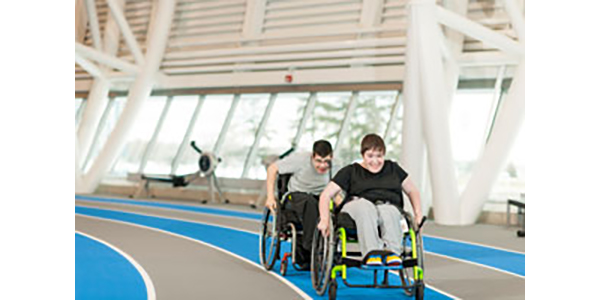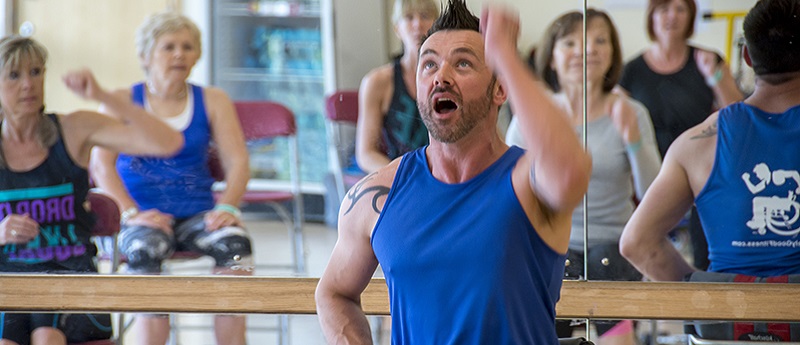There’s no question about the undeniable physical benefits of physical activity, or how detrimental of inactivity can be on both physical health and overall physical functioning. Regular physical activity is crucial for maintaining and improving your general health. Children who are active in physical activity have lower chances of experiencing severe health problems such as osteoporosis. Type 2 diabetes, heart disease and obesity are all reduced. These same benefits are also available to adults.
How To Get Fit And Active
Even though many people with disabilities are reluctant to begin a regular exercise routine, there are many benefits that will make it worthwhile. Exercise can help with pain relief and aid in daily living for disabled people. It also strengthens muscles that may have become weakened over time. As many disabled persons know, it is difficult to function efficiently when muscles are weak or tired.
How To Get Fit And Active
One important reason why engaging in physical activity is beneficial is because it can help build confidence. Confidence in oneself can make the difference between success or failure for many disabled people. This is especially true for those with smaller frames or lower upper body strength than their peers. By learning to participate in sport and other physical activities, you will be able to build your self-esteem. Even those with disabilities who aren’t athletic find that participating in sporting events gives them an outlet for socialization, allows them to meet new people, and allows them to build new friendships.
How To Get Fit And Active
Another benefit is that children with disabilities are more likely than others to be involved in school, clubs and after-school activities, as well as other community activities. Many children without disabilities don't get out as much as their peers. By participating in sporting activities on a regular basis, they will get more exercise, see that other people are having fun, learn more about what is going on in their lives, and gain more confidence in their abilities.
Moving around can help build strength, balance and flexibility. This is especially important to those with a spinal or arthritis limitation. Regular physical activity can increase muscle strength, improve muscle tone, improve body fat percentage, improve circulation and disability support melbourne, improve posture, and provide greater control over the leg and arm movements. As many disabled people know, being physically active can greatly improve one’s quality of life. People with disabilities who participate in some type of exercise are less likely to relapse to common health risks like smoking, diabetes, and obesity.
Many disabled people join fitness clubs and participate in organized sports leagues such as volleyball, basketball, tennis, football or tennis. These activities provide an outlet for social interaction, improve dexterity, build muscle strength, improve cardiovascular fitness, and provide the chance to socialize with others. Participants can also meet people with similar interests or goals by joining these groups. Many disabled people can participate in college and high school sports programs. If you have the opportunity, and you are able to meet other like-minded individuals, you might want to try a sport.
If there are no organized programs in your area, there are other ways to get active and keep fit for disabled people. For some, the best way to get healthy and fit is through self-directed physical activity, such as walking, jogging, running, hiking, bicycling, swimming, or gardening. Other disabled people can cook nutritious meals. This will allow them to feel well and confident in their bodies.
Even for people with severe disabilities, physical education is an important part of most schools’ curriculum. Special instruction can be provided for children with learning disabilities or with developmental disabilities. To maintain a healthy lifestyle, it is essential that adults and children with disabilities are familiar with the basics of nutrition and physical activity. Find out more about local programs for physical fitness.
